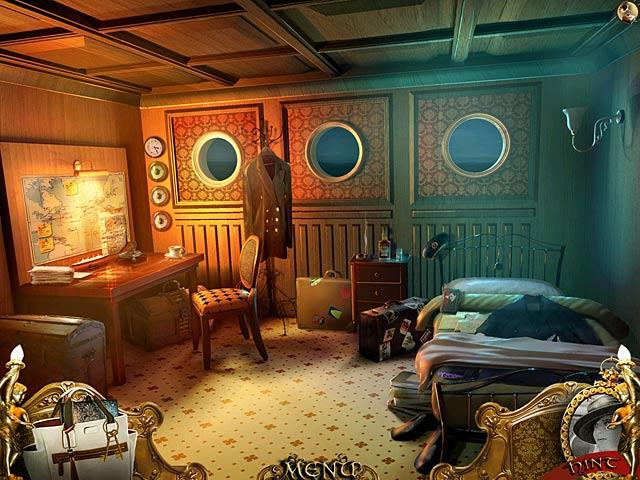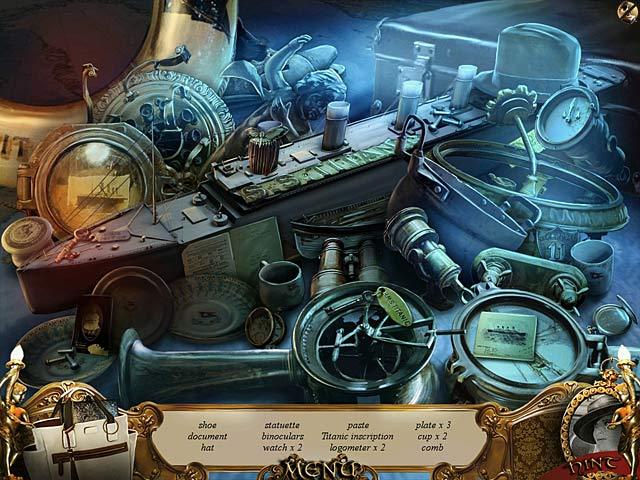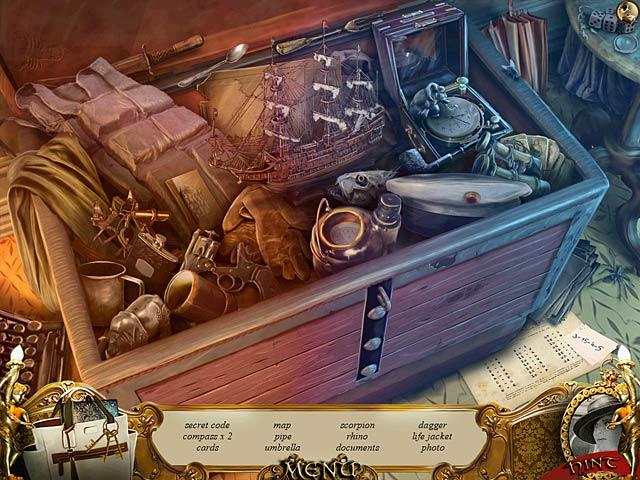- Wondering how to get Monopoly GO! free rolls? Well, you’ve come to the right place. In this guide, we provide you with a bunch of tips and tricks to get some free rolls for the hit new mobile game. We’ll …
Best Roblox Horror Games to Play Right Now – Updated Weekly
By Adele Wilson
Our Best Roblox Horror Games guide features the scariest and most creative experiences to play right now on the platform!The BEST Roblox Games of The Week – Games You Need To Play!
By Sho Roberts
Our feature shares our pick for the Best Roblox Games of the week! With our feature, we guarantee you'll find something new to play!Type Soul Clan Rarity Guide – All Legendary And Common Clans Listed!
By Nathan Ball
Wondering what your odds of rolling a particular Clan are? Wonder no more, with my handy Type Soul Clan Rarity guide.
Titanic’s Keys to the Past Review
Titanic’s Keys to the Past started life as “Titanic: Unsolved Mysteries,” and when we previewed the game back in March, it seemed like it could have a lot of potential. Unfortunately, screenshots can only tell you so much, as the final product is a horribly designed, technical mess that feels like nothing more than a heartless cash-in on the 100th anniversary of the sinking of the Titanic.

Some things should stay locked up.
Titanic’s Keys to the Past started life as “Titanic: Unsolved Mysteries,” and when we previewed the game back in March, it seemed like it could have a lot of potential. Unfortunately, screenshots can only tell you so much, as the final product is a horribly designed, technical mess that feels like nothing more than a heartless cash-in on the 100th anniversary of the sinking of the Titanic.
The storyline follows a young woman who is invited to the opening of the underwater Titanic Museum. The remains of the Titanic have been sealed in a dome on the ocean floor, but whether or not this is the real Titanic or a man-made recreation is up for debate. In game text speaks of it as being both, which is but the first of the game’s many, many blips. Our hero has a connection to the ship and those who perished on it, as her great-great-grandmother was among those lost in 1912. After entering one of the state rooms of the ship, her grandmother’s spirit jumps out of a magic mirror and offers transport back in time to the night of the ship’s sinking so that you can help save some of the lives that were ultimately lost behind locked gates on the lower decks of the vessel.
If you actually make it this far into the game, you’ll earn respect from me, as the title is a complete mess from the first scene onwards. The graphical screen tearing during cutscenes is jarring to the eyes, and the cursor never changes shape, making differentiation of anything a near-impossible task. You can technically choose between three difficulty levels, but these don’t have descriptions and you won’t even know the option is there if you don’t search it out manually. Regardless of difficulty, though, you’re left to randomly click on every item in every location until something becomes interactive, whether it’s a hidden object scene or one of the few mini-games you’ll encounter.
There’s no excuse for a static cursor and a complete lack of on-screen prompts in a modern hidden object game, and these make Keys to the Past fairly unplayable. One could make the argument that these were design choices to make the game more challenging, but considering that this is the case even on the “easiest” difficulty setting, it seems more like egregious oversight than anything else.
When you enter a new location, you’ll either be greeted with a random flash of an antique photograph or will eventually find a hidden object scene to complete. In the case of the photographs, torn pieces of each are scattered around a location, but are automatically repaired when you collect them all (Why not make these jigsaw puzzles to give us something else to do?). In the case of hidden object scenes, each item has a different “hotspot” that will actually allow you to collect it. That is, you could click on an item four of five times, knowing full well that you’ve found the right object, but until you click on just the right spot, the item remains in the scene.
Puzzles are just as flawed, and come with little in-game help (or none at all). You can choose to play a match-three game to complete these, but this is without doubt the slowest match-three game I’ve ever encountered, asking you to earn a specific number of points within a time limit. New symbols drop at a snail’s pace after you’ve made a match, and the timer must run to completion even after you’ve earned the required number of points to move on.
All told, Titanic’s Keys to the Past is a game that could have been immersive and enjoyable if there had been any thought given to detail and polish. There are plenty of real-world facts present about the Titanic and its passengers (courtesy of the game’s partnership with National Geographic), but everything else is a complete disaster. If you must try this game for yourself, download a free trial before you invest any real money. Better yet, don’t play the game at all.

The good

The bad
More articles...
Monopoly GO! Free Rolls – Links For Free Dice
By Glen Fox
Wondering how to get Monopoly GO! free rolls? Well, you’ve come to the right place. In this guide, we provide you with a bunch of tips and tricks to get some free rolls for the hit new mobile game. We’ll …Best Roblox Horror Games to Play Right Now – Updated Weekly
By Adele Wilson
Our Best Roblox Horror Games guide features the scariest and most creative experiences to play right now on the platform!The BEST Roblox Games of The Week – Games You Need To Play!
By Sho Roberts
Our feature shares our pick for the Best Roblox Games of the week! With our feature, we guarantee you'll find something new to play!Type Soul Clan Rarity Guide – All Legendary And Common Clans Listed!
By Nathan Ball
Wondering what your odds of rolling a particular Clan are? Wonder no more, with my handy Type Soul Clan Rarity guide.








 “
“ “
“